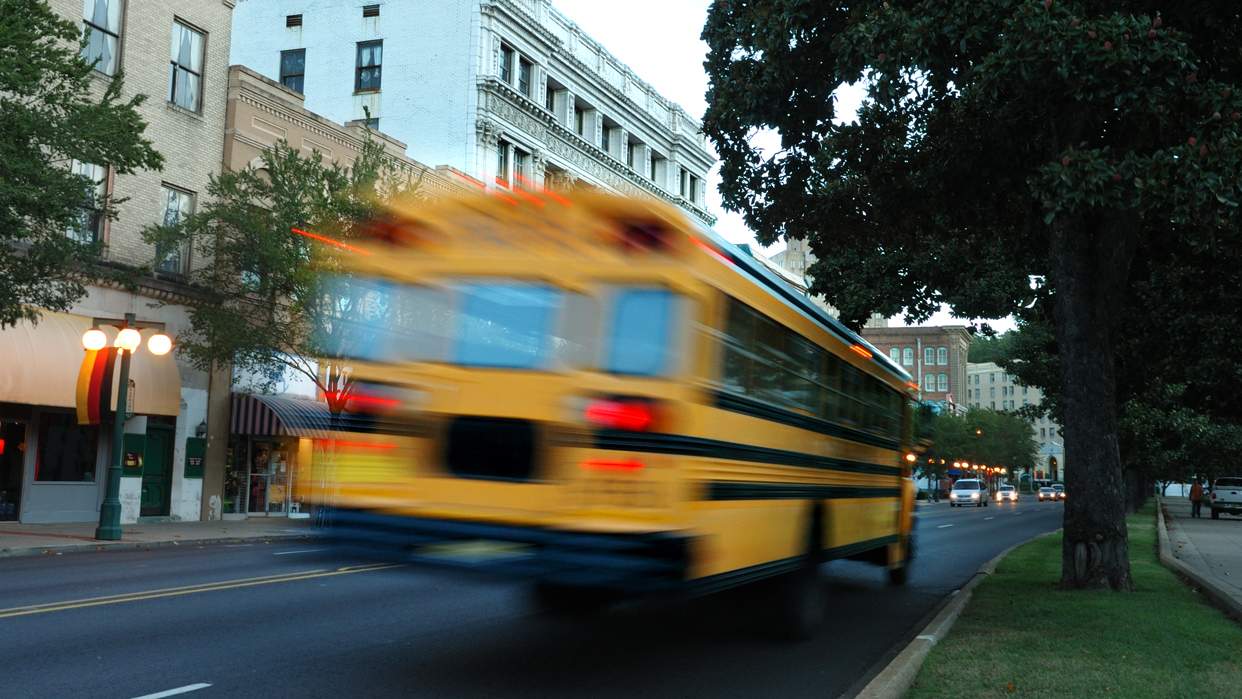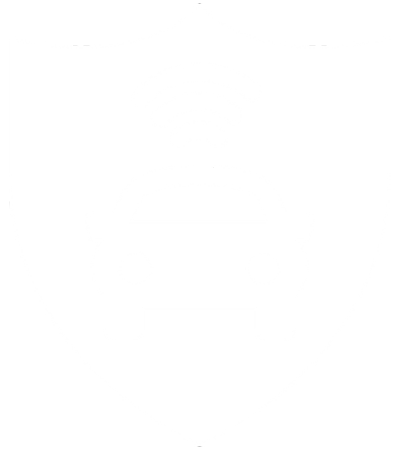6 Practical Ways to Make Your School Safer
No matter what time of year it is, student safety is always a priority. In order to make good policy decisions, here are some statistics to be aware of:
- 59% of school attacks occurred during the school day (TB Locke & Assoc, LLC)
- In a 2015 nationally representative sample of youth in grades 9-12, 5.6% reported that they did not go to school on one or more days in the 30 days before the survey because they felt unsafe at school or on their way to or from school.
- In 2015, 224 children were involved in 182 AMBER Alert cases (National Center for Missing & Exploited Children)
- 31 homicides of school-age youth, ages 5 to 18 years, occurred at school during the 2012-2013 school year (CDC.gov)
- In a survey conducted in January 2013, 33.1% respondent say their schools have added new door locking systems, fewer doors left open, or other door-related security measures since the Sandy Hook Shootings
- According to the FBI, in 2016 there were 465,676 NCIC entries for missing children
When it comes to school and student safety, you have to be careful, realistic and make sure that your students, teachers and parents can easily follow the procedures. Here are six easily implemented ways to make your school safer, help it operate more effectively and help you sleep better at night.
Building Access Control
Controlling access to buildings is the most fundamental aspect of student safety. Make sure door locks are functioning correctly, and if you have physical door keys – make sure staff have easy access to them in the case of an emergency. Keep doors locked throughout the day. Educate school staff, parents, and students not to open the door for individuals they don’t know or individuals without a visitor’s badge.
Invest in Alarms
All schools should be equipped with alarms. If a situation that warrants concern arises, an alarm can be initiated to notify local law-enforcement officials. Alarms are a cost-efficient way to improve response times and facilitate quick intervention for your school.
Build Out an Emergency Plan
Planning for natural disasters and emergencies is something every educational institution must put in place, regardless of its size or location. Schools need well-thought-out disaster preparedness plans that staff, teachers, parents, and students are familiar with. The U.S. Department of Education provides several resources to use as you build out your crisis plan.
Secure Your School Perimeter Using Real-Time Campus Traffic Monitoring and Driver Screening Technology
Transform campus security and student safety by automatically identifying vehicles and screening drivers (parents, staff, teachers, high school student drivers, vendors, and visitors) as soon as they drive onto your campus. Look for a campus security platform or service that will give security guards more information about each vehicle coming on campus and will notify your security staff as soon as unwanted vehicles drive onto your campus.
Have a Strict Guest and Authorized Driver Policy in Place
Another important part of a secure school is having a strict visitor policy in place that your staff enforces. The basics of a good plan are to make sure you know who is on campus and that they have been screened. In addition, you should implement an active “authorized driver” policy that can be used when students are picked up for early, during the regular dismissal process, or from after-school activities such as aftercare. This authorized driver list must be active, up-to-date, and ideally self-managed by the student’s primary parent. Arrival and dismissal can be confusing and challenging for schools to manage, but you can develop a streamlined set of policies and procedures and use technology to help you manage daily student arrival and dismissal changes associated with carlines, buses, walkers, and after-school activities, again – ideally managed by parents.
Designate a Single Point of Entry to Your School
One of the most important factors contributing to the safety of your school is having a single, secure entrance. Points of entry onto the school campus should be staffed by a security officer that can limit and control unwanted visitors. The main entrance to your school should be a highly-scrutinized location when identifying gaps in your campus security.
This single point of entry should be secured by a visitor management system built for schools.
Leverage best practices from the Department of Education and technology from leading K-12 school logistics providers to help reduce the threat of a security disaster by being proactive in your security measures today, so that you can feel more confident in kicking off another school year come this fall.
Learn how SchoolPass can help you implement these strategies so that you can transform your campus security today.
Originally Published on LinkedIn on 7/25/17


